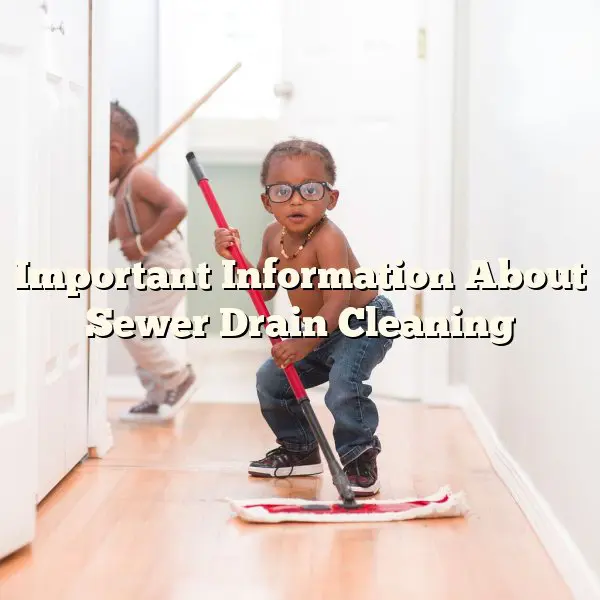You do not have to design a fancy pot or purchase a complicated container to start growing vegetables in pots. Of course, it can be nice if you do have the budget and a large patio. However, this is not a precondition.
The frugal container gardener may use plastic cat litter containers or a variety of other reusable plastic containers that normally go to the landfill or recycle center. Even wooden boxes can be purchased or constructed to be excellent containers that can last for many years if treated properly or are made of weather resistant wood such as cedar.
It is preferable to think about the color and material of the containers depending on the amount of sunlight that the plant is expected to receive. With about 6 hours of sunlight daily, most plants will grow and produce well. However, this does not mean that more sun is better than no sun. In fact, natural shade from a tree or a patio umbrella is recommended during the hottest period of the day.
Using ceramic, dark colored or metal containers will help store the heat of the sun. Use this kind of material if your plants will not receive enough sunlight. You can use white or brighter colored plastic containers if you expect the plant to be fully exposed to the sun as this will reflect the sun.
Good potting soil from a landscaper, greenhouse, or garden center will boost the plants with good drainage and hopefully no tag a long weed seeds or hibernating pests. Some soil mixtures will have miracle grow or other fertilizers mixed into the soil.
To enhance vegetable production and strengthen the plant, you can water it with soluble miracle grow. You can also add compost tea when you water the plant.
Once sunlight, shade, soil, heat, cool, and watering is established, do not forget to monitor natural rainfall so the roots do not get drowned. Many vegetables are susceptible to root rot if the soil stays too soggy and does not properly drain.
This is crucial as it could lead to your plants’ death if the draining is not sufficient. Refrain from watering the plants during the hottest periods of the day. Moreover, try to water the soil directly instead of the leaves.
Keep in mind to choose the right vegetables if you want to succeed. Not all plants adapt well to pots. You will realize that if you start growing vegetables in pots, you will be able to start growing then inside with sprouts or seeds.
Alan has experimented with growing various fruits and vegetables, and as an amateur gardener, has overcome many problems, ones that you probably may face. Whether it is growing broccoli, spinach, squash, leeks, radishes, rhubarb, eggplant or even growing watermelon, Alan has tried them all. Check out what Alan thinks and learn from his mistakes.

